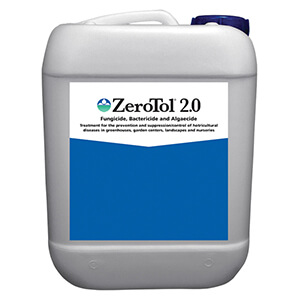Damping Off
Commonly caused by Fusarium, Pythium or Rhizoctonia, damping off is a common problem during propagation and can have serious impacts on plant health and productivity. It affects a wide range of vegetables and flowers including cotton, soybean, corn, cucurbits and ornamentals. The fungi that cause damping off often affect large sections of plantings and can be spread by pests like fungus gnats which move spores from place to place.
NOTE: Damping off caused by Pythium has also been problematic in hemp crops being grown from seed or clone.
Damage:
Damping off can strike plants before seed germination up through when the plant is established; however, it is most common shortly after plants have sprouted. The fungi attacks new seedlings near the soil line leading to decayed, weakened tissue and their collapse. Damage to more mature plants affects only the roots (root rot) and results in stunted growth, wilt and plant death. There is little that can be done once symptoms are evident.
Control:
There are many ways to limit damping off culturally like ensuring proper watering, providing adequate drainage and planting at the proper depth; however, this isn't foolproof. In many cases it is best to take preventive measures to both maximize seedling health and prevent infection.
- Biofungicides like Mycostop should be used as pre-planting seed treatments to prevent infection. Both prevent a variety of other seed/soil-borne diseases.
- Once plants are established, use nutrient supplements like neem seed meal or neem cake to reduce fungal infection rates if there are worries of root or crown rot.
- If you plan to reuse potting media, thoroughly sanitize the media with cleaning agents like ZeroTol prior to the next planting.
-
$144.99–$264.99
-
$24.79
-
$36.00–$138.00
-
$16.99–$270.00
-
$224.95
-
$275.00
-
$42.99–$154.76
-
$230.00











